Video filters are a must when creating videos for social media platforms. Creating a unique and authentic look for your clips can be achieved when you add MP4 video filters. But have you ever wondered what kinds of video filters were used in the early film days?
If you're an online video editor looking for ready-made templates, you might want to add these video filters from the past.
What Are Some Vintage Video Filters and Video Effects?
In this blog post, we'll cover some great vintage video filters!
1) Sepia
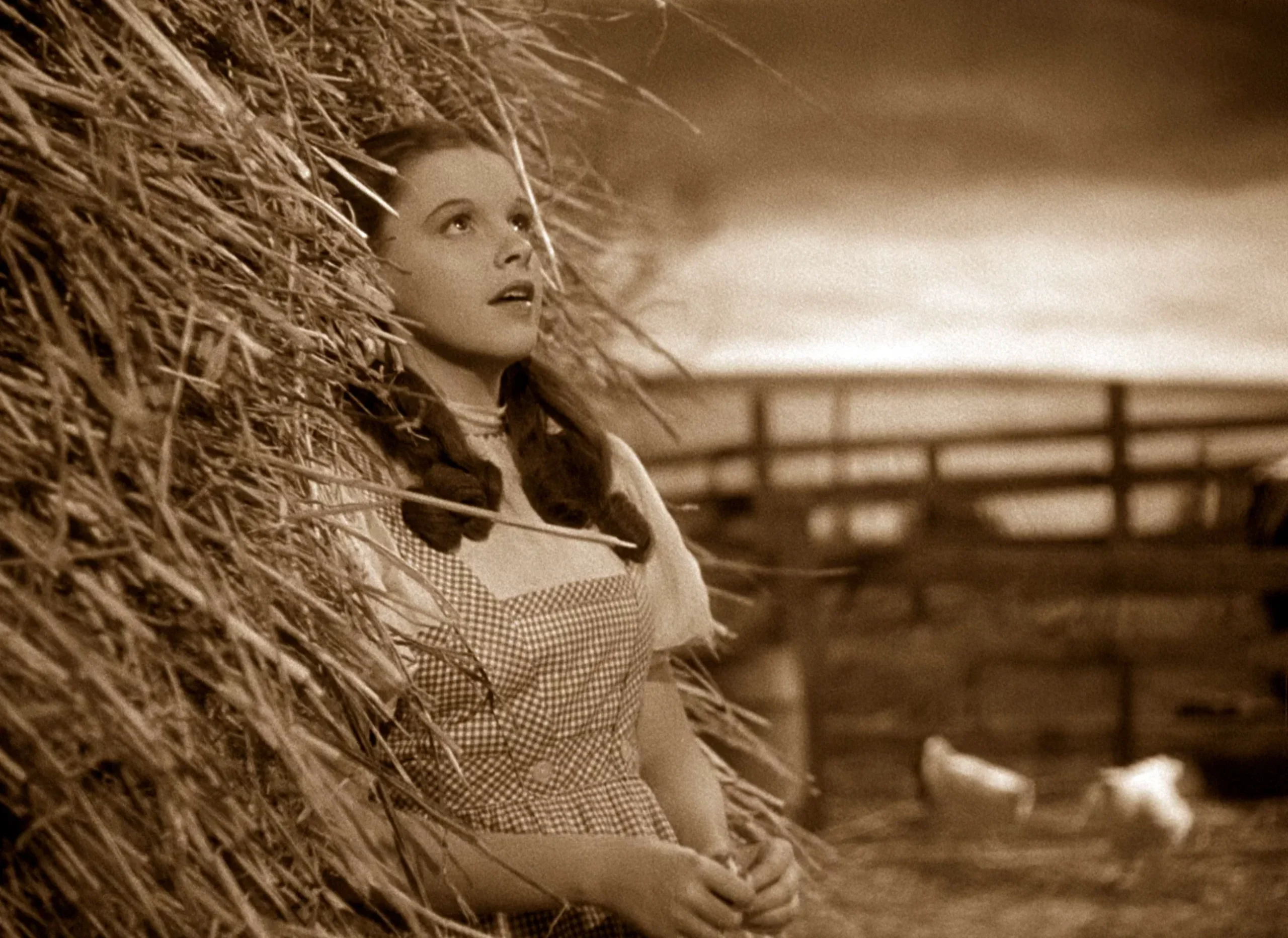
This filter features a rich brown pigment obtained from the ink sac of the common cuttlefish, Sepia. It imbues the visuals with a warm, rustic aesthetic, characterized predominantly by varying shades of yellow and brown.
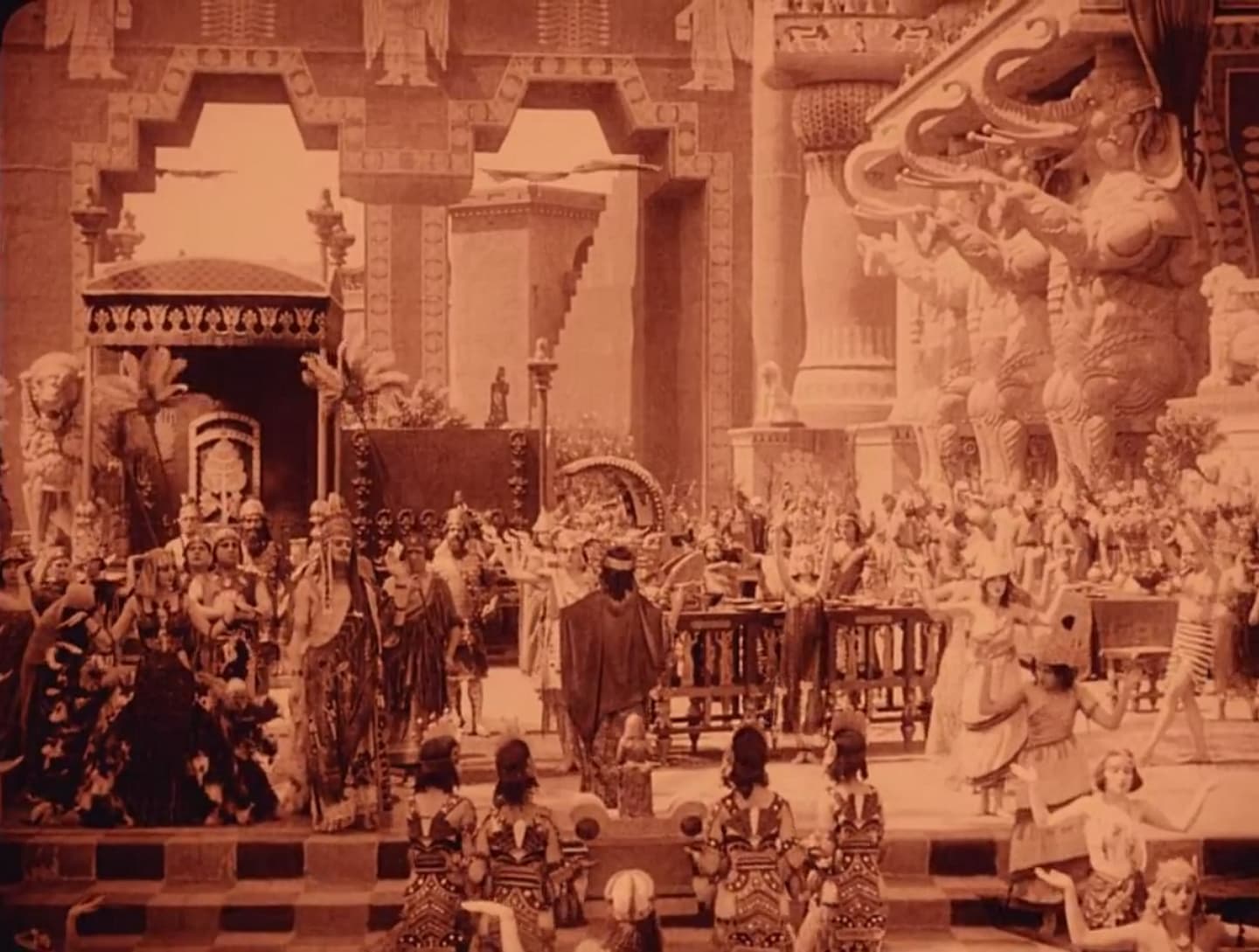
This infusion of sepia tones serves to age the footage, evoking a sense of nostalgia and historical charm.
Videos online that feature the sepia look can be found on YouTube.
2) Day for Night
Originally developed in the 1940s, the day-for-night filter creates the illusion of night scenes during daylight hours. It's done by adding a blue tint to the footage that gives it a night-like look and feel.
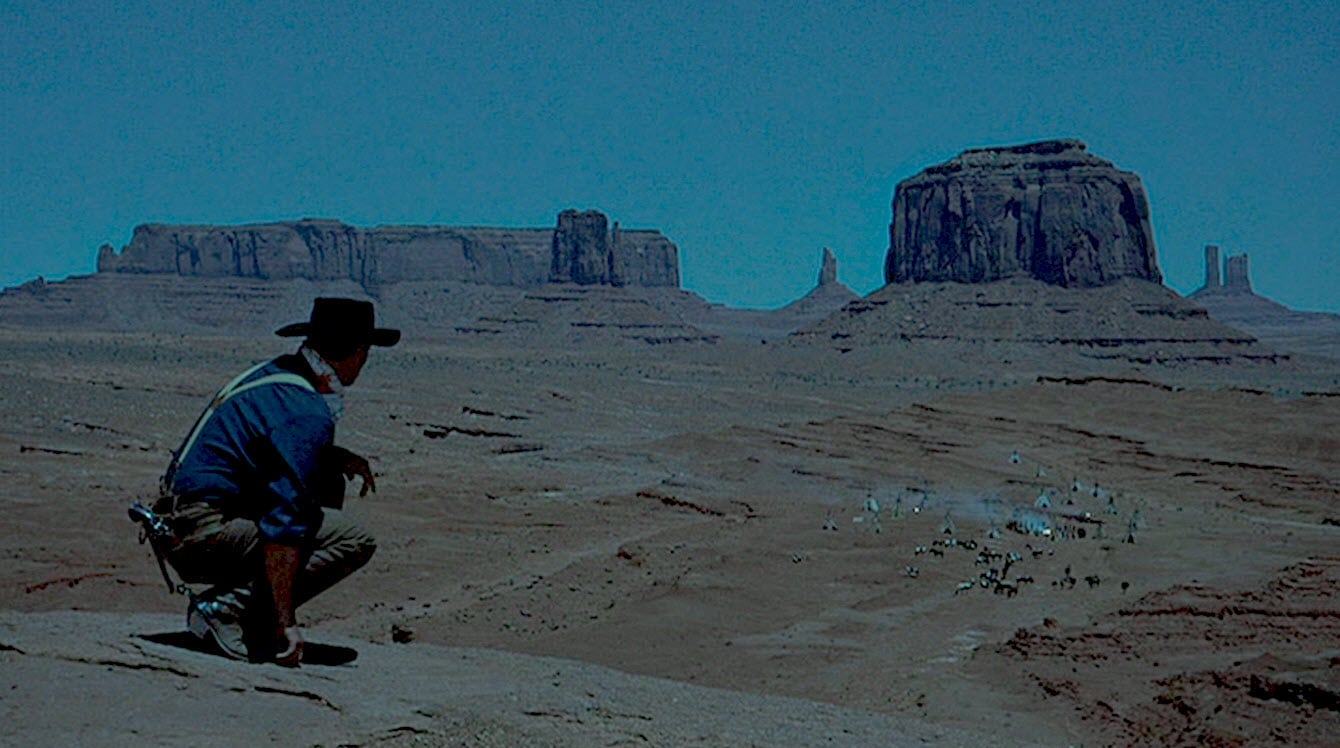
In the early days of filmmaking, shooting scenes during nighttime presented a multitude of challenges. Equipment limitations and a lack of sufficient lighting technology made it difficult to capture quality footage after dark.
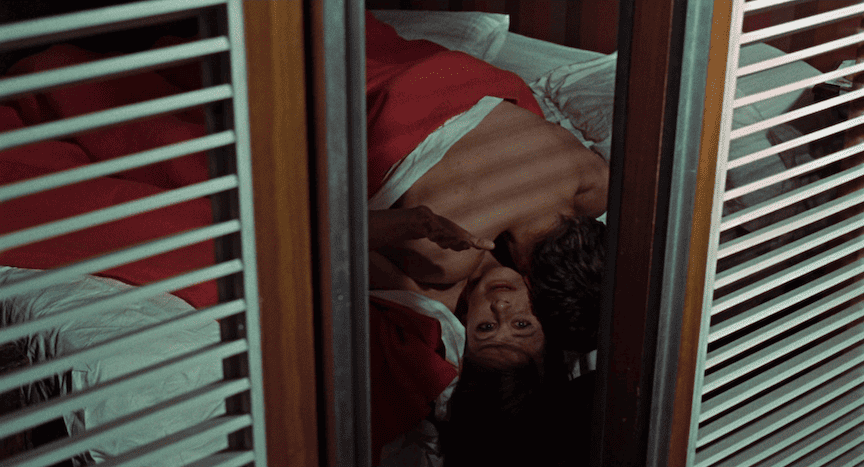
The 'Day for Night' filter allowed them to shoot during daylight hours and yet create the illusion of night, providing an economical, safer, and more convenient way to do nighttime scenes.
3) Two-Strip Technicolor
The 'Two-Strip Technicolor' filter was a revolutionary development in the early cinema era, introducing color to a medium that had been predominantly black and white.
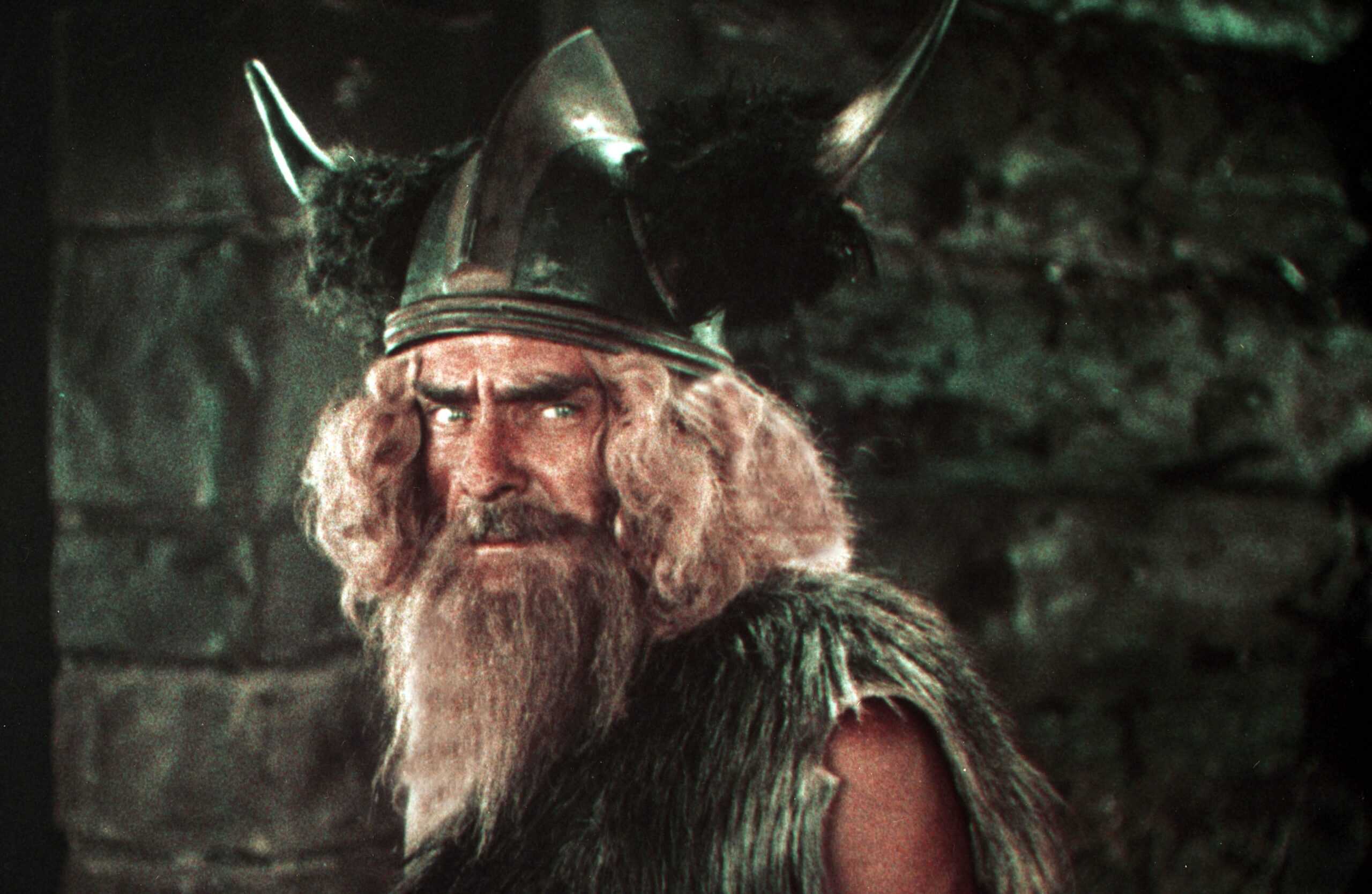
This filter worked by splitting the light entering the camera into two different paths, each path sensitive to different colors - green and red. The absence of blue, however, stemmed from technical limitations at the time, as the film stocks were not sensitive enough to blue light.
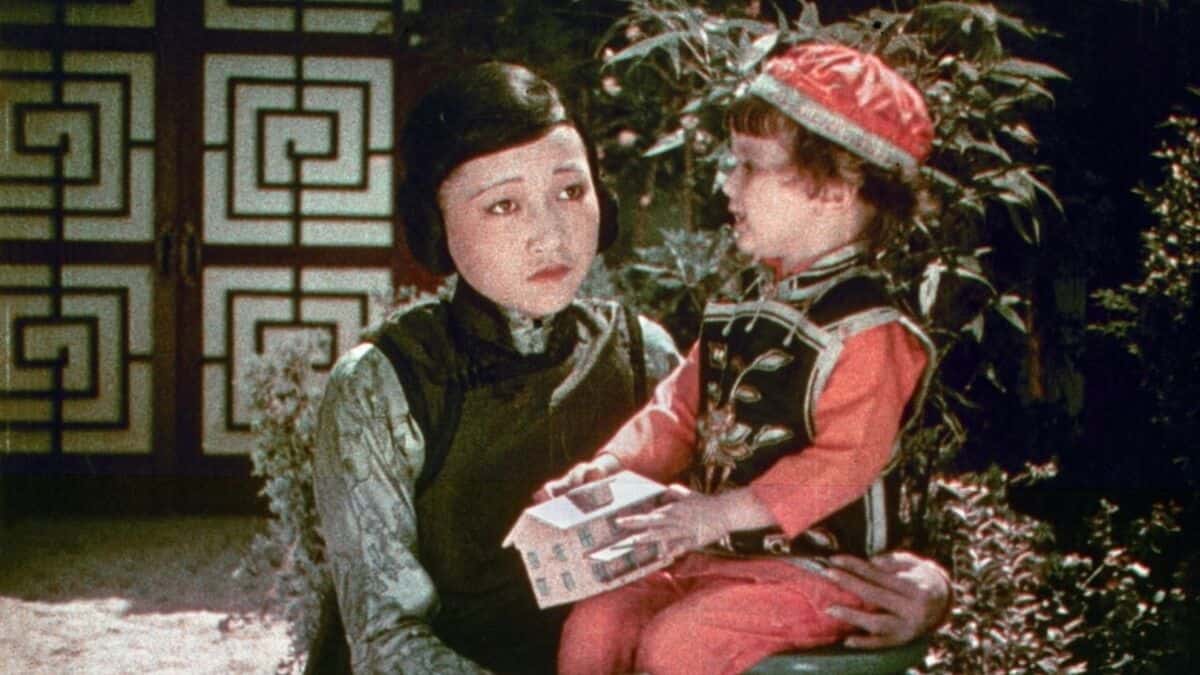
As cinema technology evolved, the 'Two-Strip Technicolor' filter was eventually replaced by the 'Three-Strip Technicolor process in the mid-1930s. This new process incorporated a blue-sensitive strip, providing a full spectrum of color and a more naturalistic look.
4) Bleach Bypass
The 'Bleach Bypass' filter started being used in cinema as a response to the desire to establish a more gritty, realistic format.
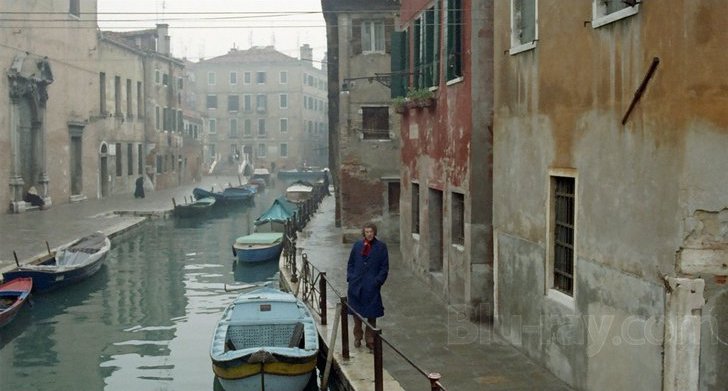
Unlike the vivid and polished look that full-color processes offered, the bleach bypass style allowed filmmakers to convey a harsher, stark reality by muting the colors and heightening the contrast.
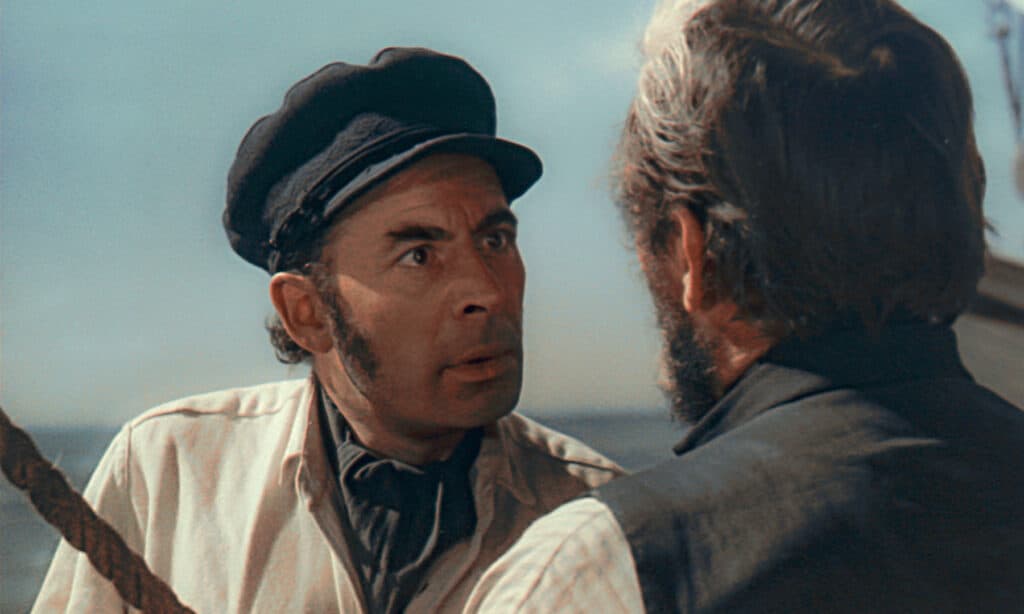
In the 1960s, this filter became popular, notably in war films and hard-boiled dramas.
5) Soft Focus
Soft focus filter videos have a hazy, dream-like quality, often employed to depict romantic or nostalgic sequences.
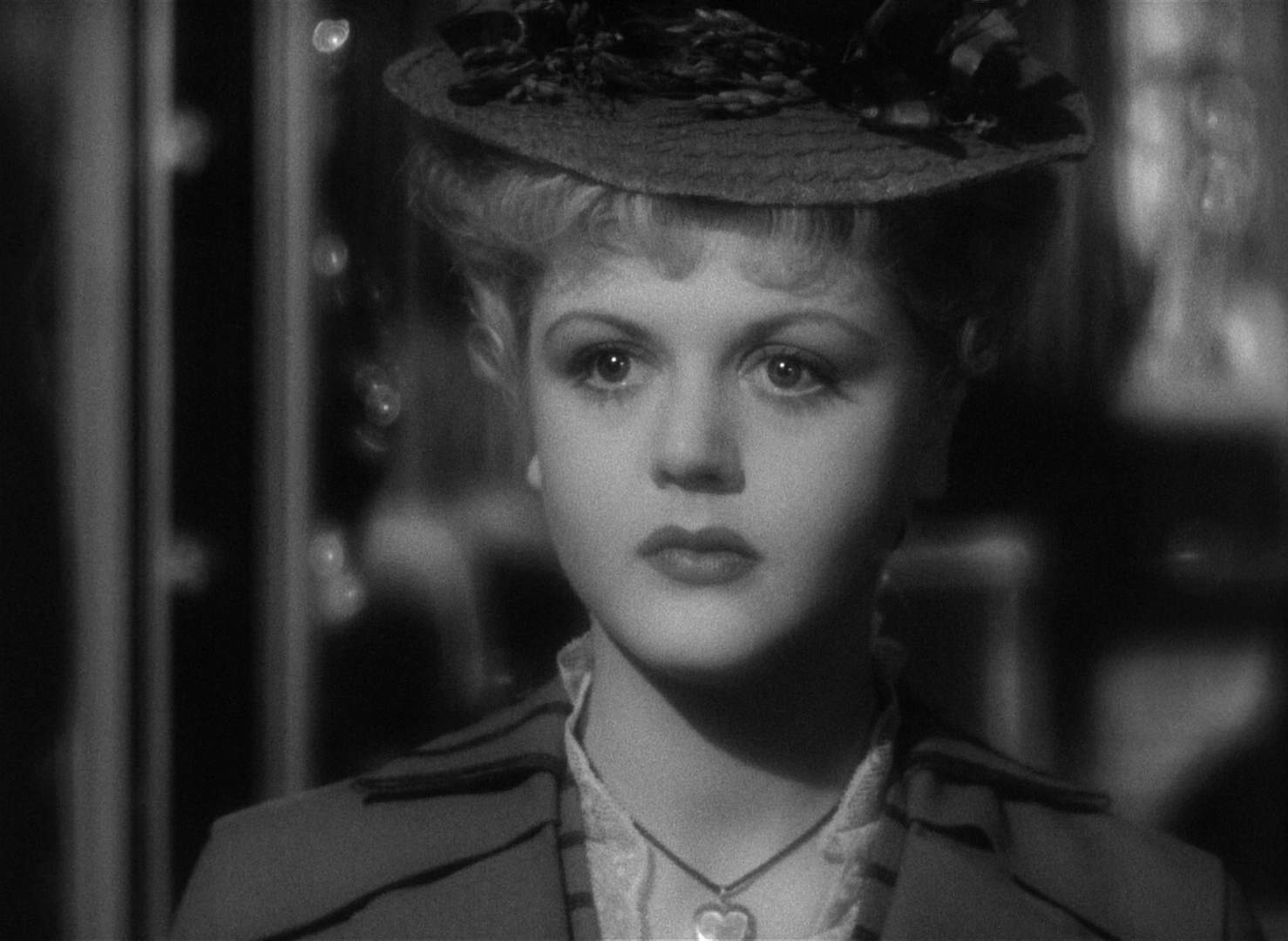
The technique involves reducing the sharpness of the image which adds an ethereal touch to a video clip.
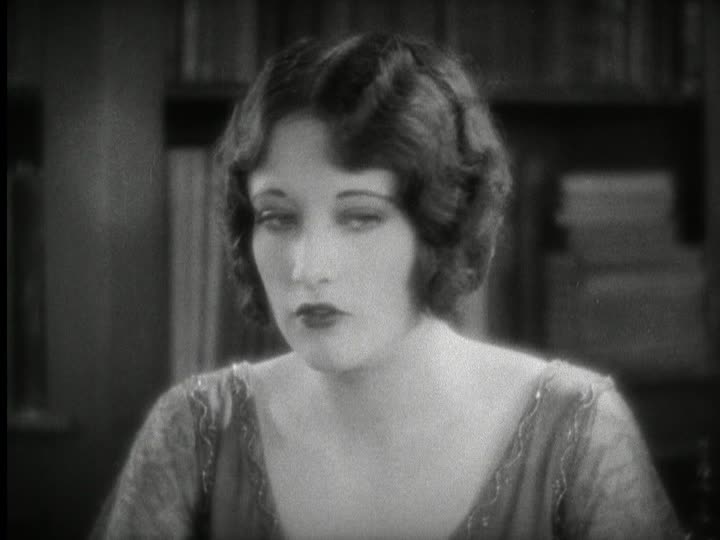
However, it was not until the 1940s and 1950s that 'Soft Focus' filters gained widespread popularity. This period, often referred to as the "Golden Age of Hollywood," saw a surge in romantic and melodramatic films.
6) Film Damage
Typical film damage includes natural grain, hairs, scratches, and dirt.
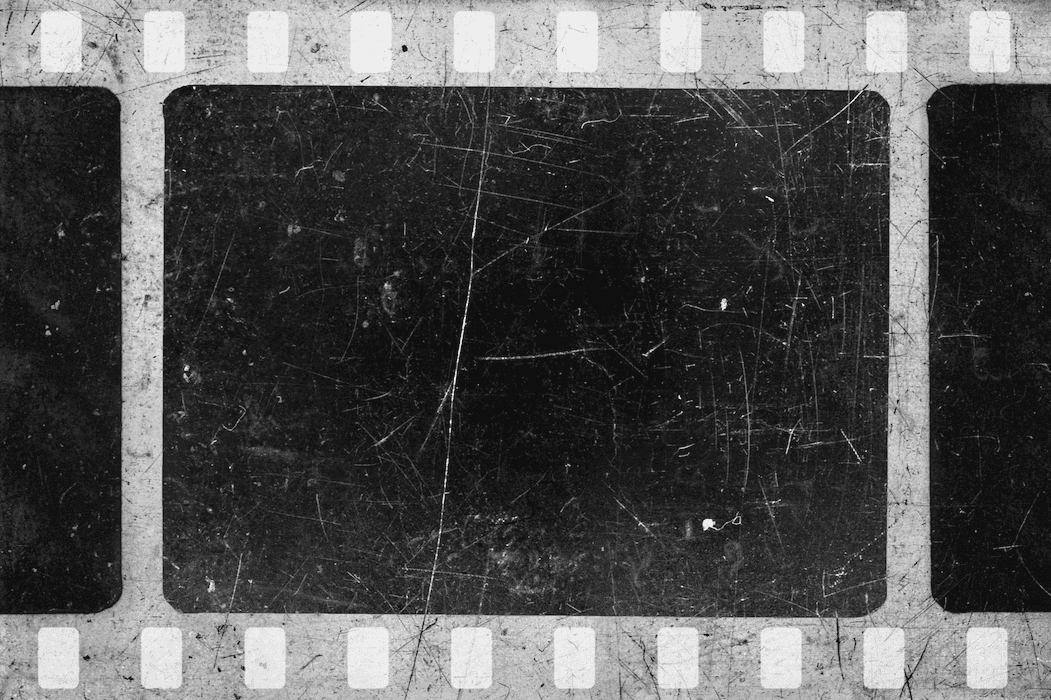
This damage was a result of the physical wear and tear on celluloid film reels as they were repeatedly run through projectors.

The grain, scratches, and flicker characteristic of film damage can lend a unique texture and tactile quality to the footage.
7) VHS
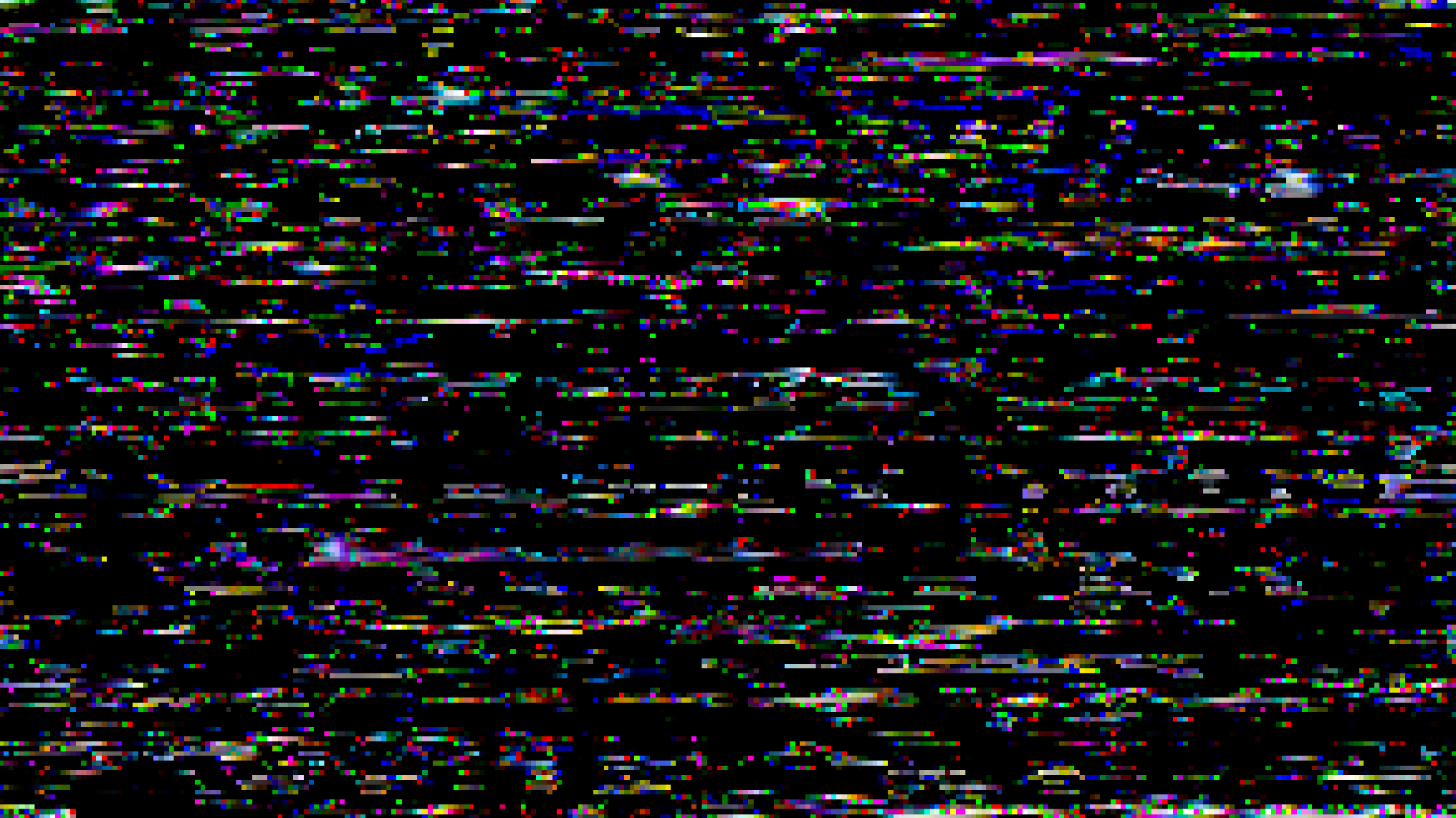
This distinct video filter features a VHS tape, such as grainy image quality, color bleeding, tape noise, and tracking distortions.
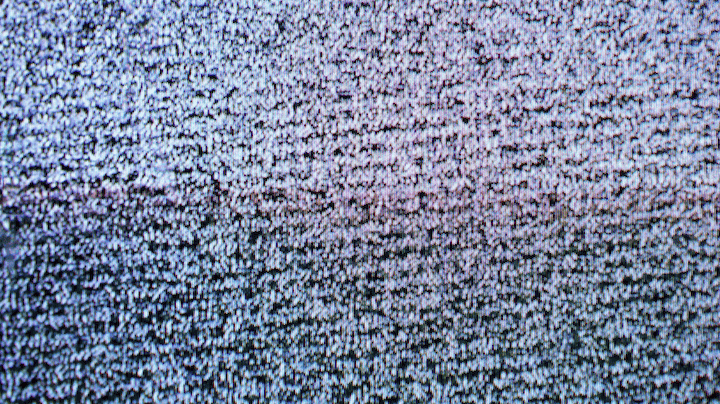
Free video filters that have a VHS video filter are easy to find online. Get your VHS overlay video online using either a free version or paid presets.
8) Lens Flare
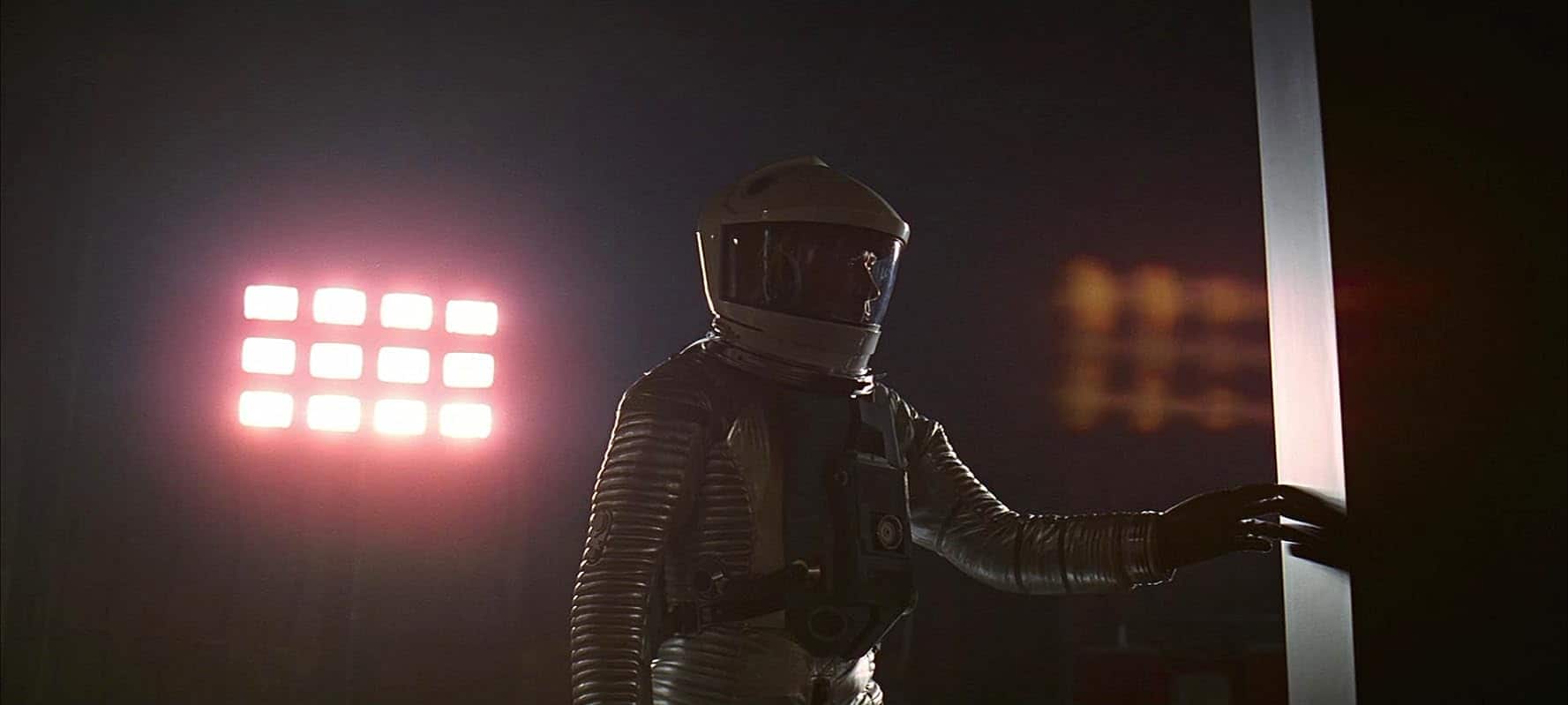
The 'Lens Flare' video filter mimics the video effects that occur when an intensely bright light source is captured within the field of view of a camera lens, causing a 'flare' or 'halo'.
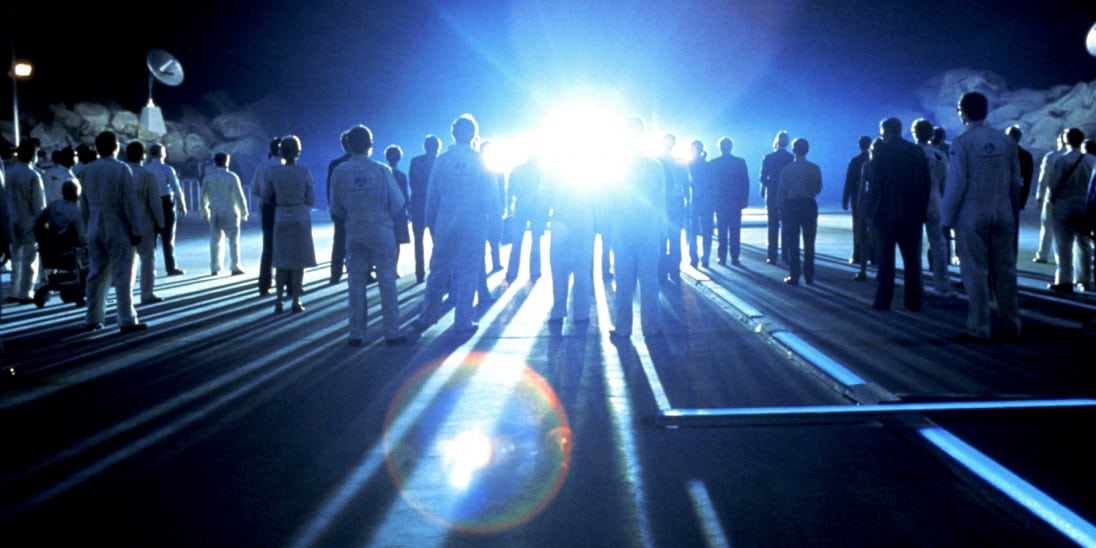
It was often regarded as a technical flaw and cinematographers would go to great lengths to avoid it. However, it gradually began to be used to make videos stand out.
9) Vignette
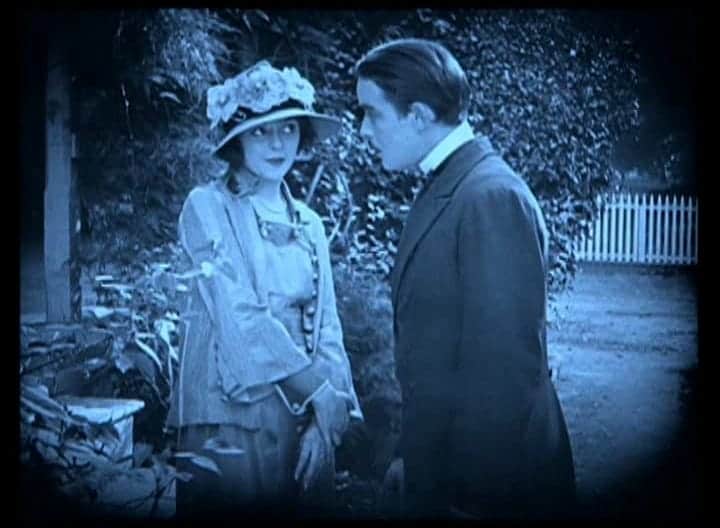
This filter was especially useful in silent films by darkening or desaturating the peripheral areas of the frame.
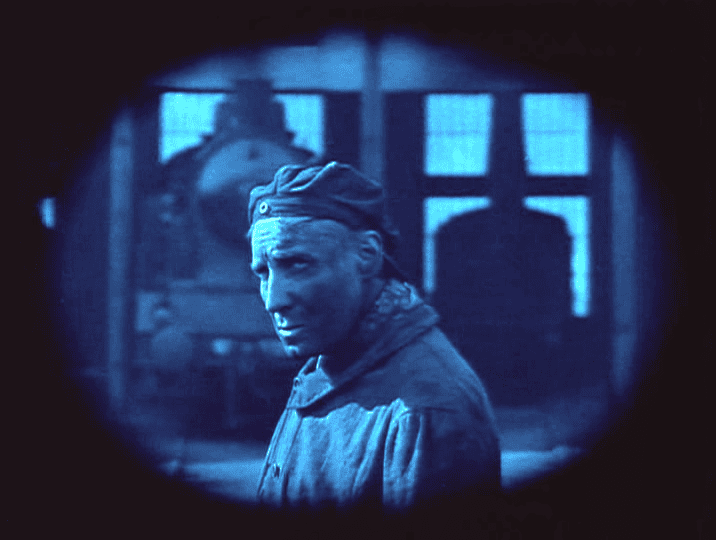
Vignettes were used to enhance the ominous, mysterious atmosphere in thrillers. In romantic films, a softer vignette filter would often be used.
10) Fluorescent
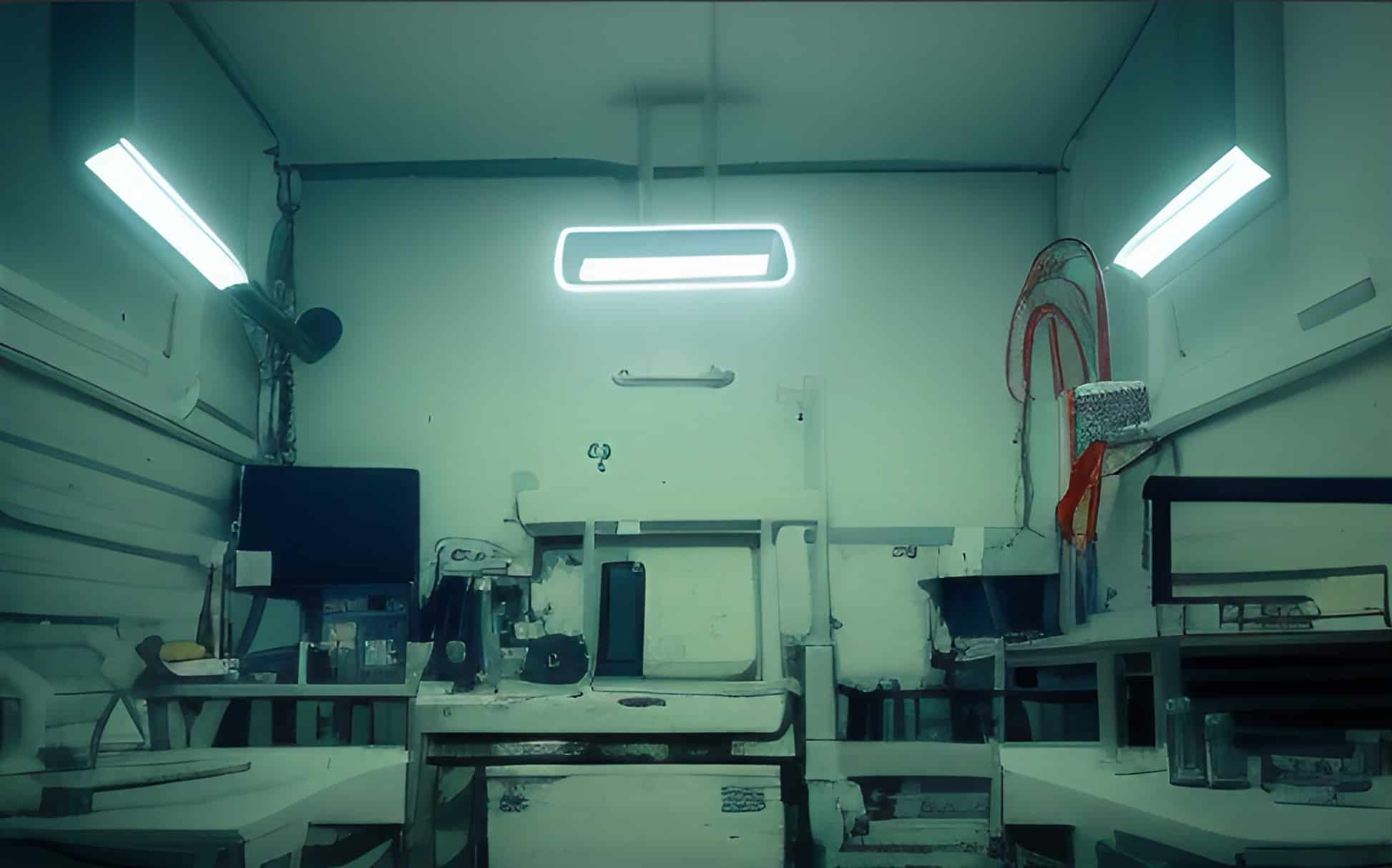
Distinctively designed to adjust the color balance in images taken under fluorescent lighting. Fluorescent lighting often produces a greenish-blue tone.
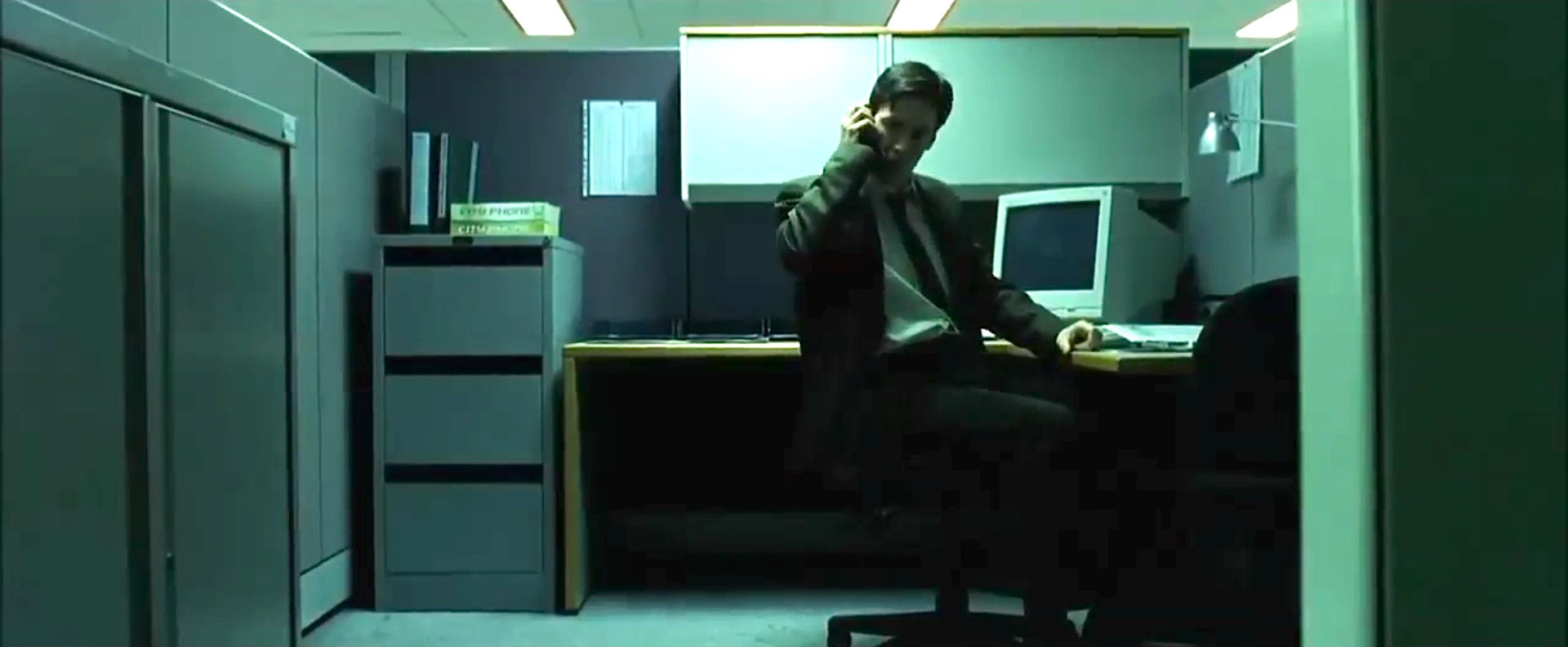
By the 1990s, the 'Fluorescent' video filters experienced popularity in mainstream cinema. The 'Fluorescent' video filter helped to create an eerie, unsettling ambiance.
11) Tungsten
Tungsten light bulbs emit a warm, yellow-orange color.
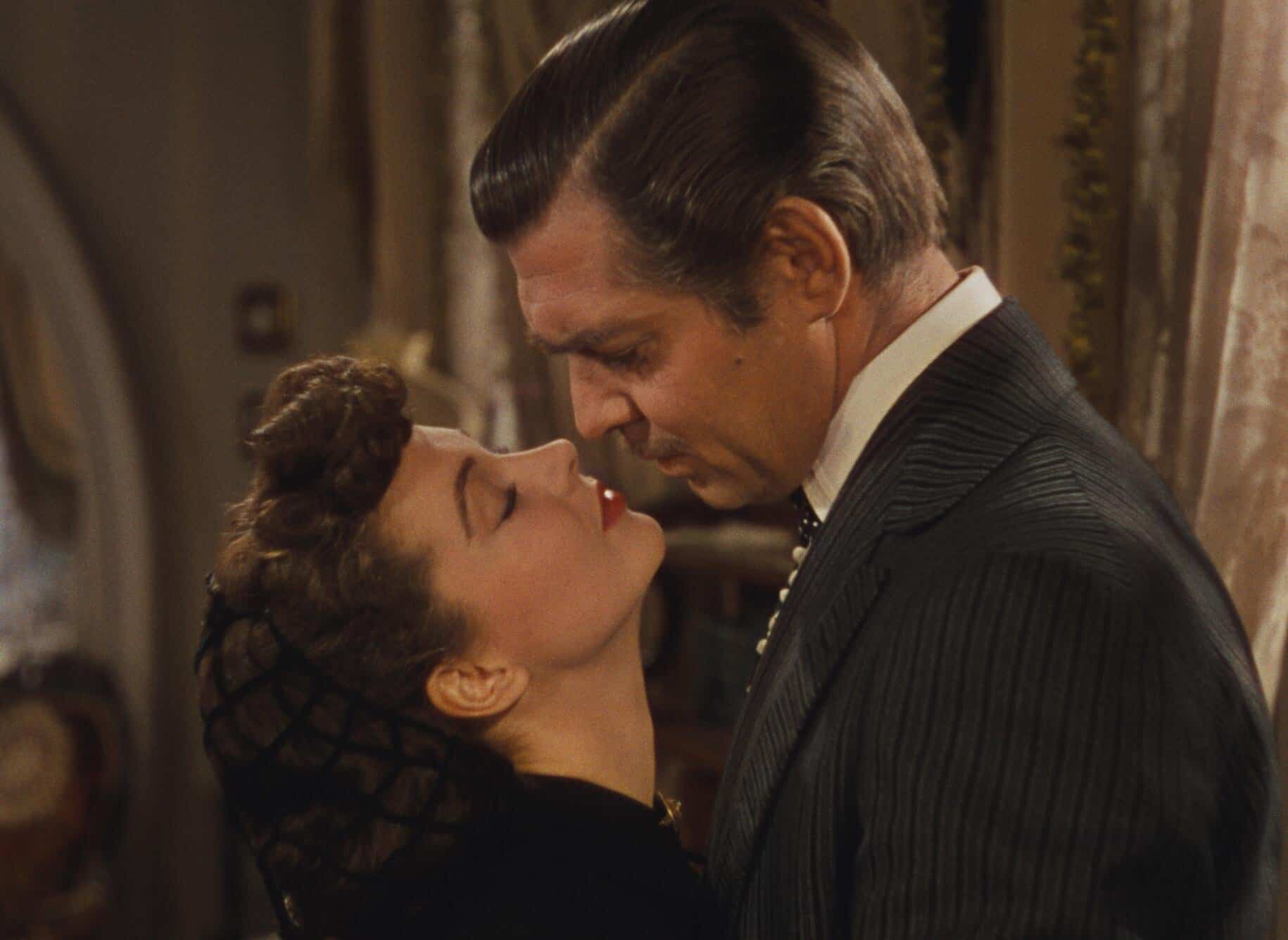
It was frequently used to convey a sense of nostalgia, warmth, or intimacy. In many films, the Tungsten color was used in indoor scenes to simulate the effect of daylight.
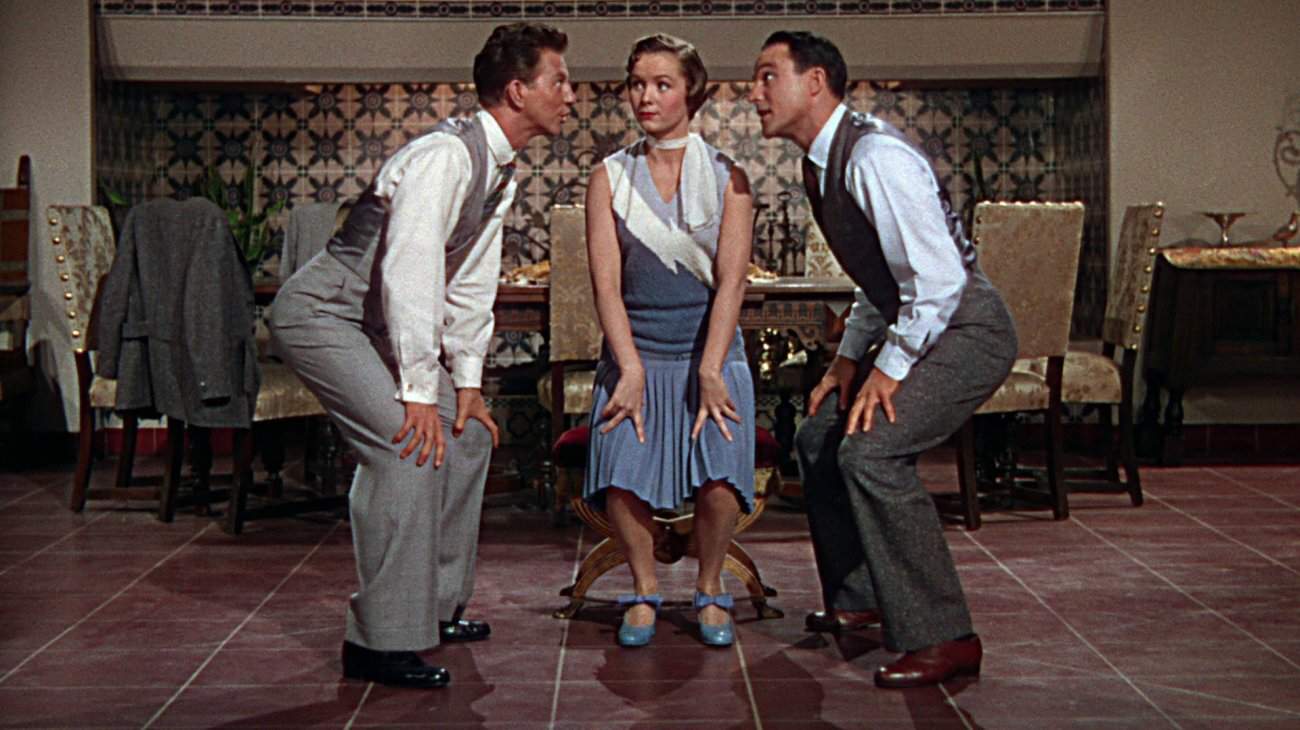
It was used for effects like fire and explosions as well.
12) Cross-Processing
This technique involves processing photographic film in a chemical solution intended for a different type of film.
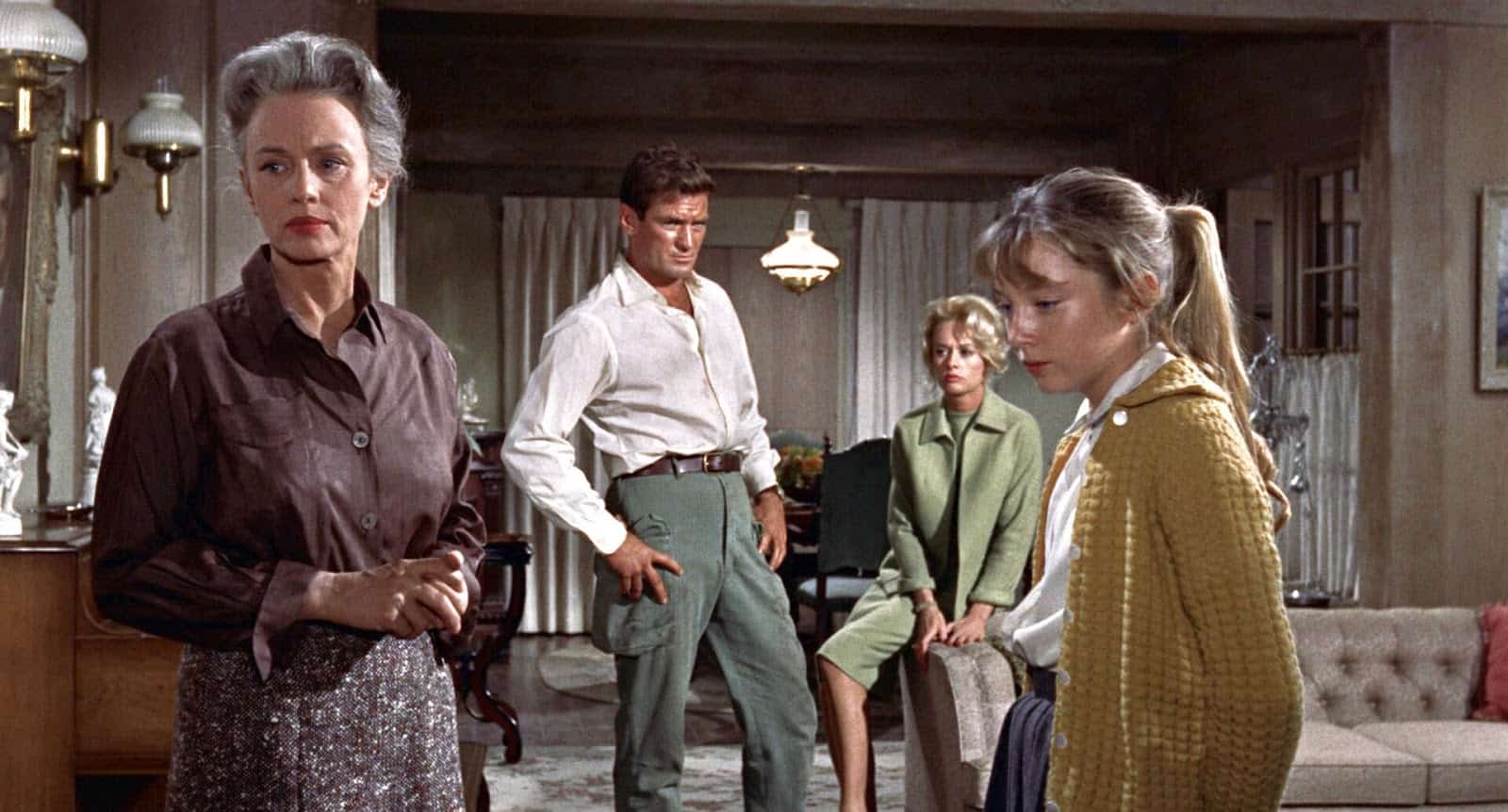
The filter was employed by a niche of experimental filmmakers who embraced its distorted colors and high contrast.
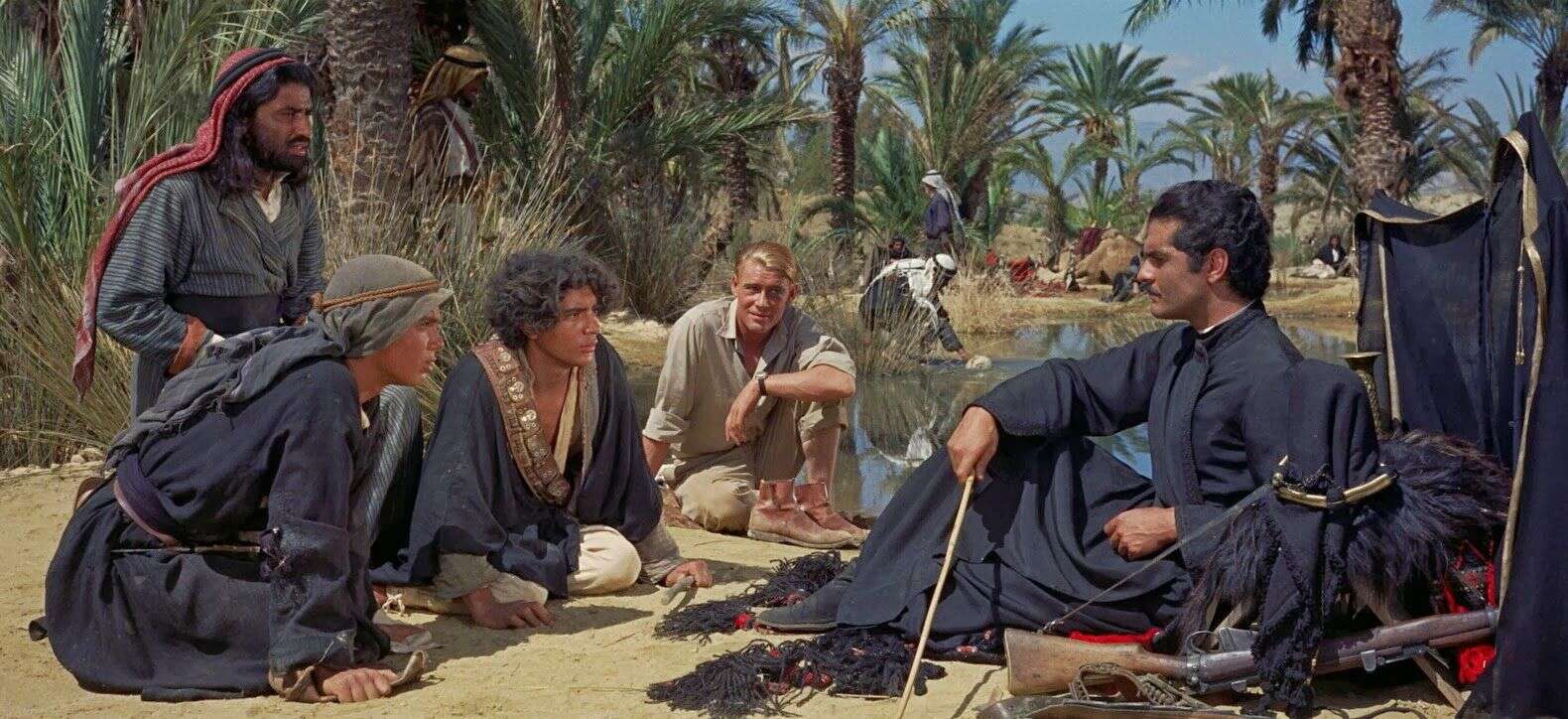
Cross-processing has been used to create a surreal, dreamlike quality or to enhance dramatic or romantic scenes. The filter has also been used extensively in music videos and fashion video clips.
13) Film Noir
Film noir is characterized by high contrast, sharp shadows, and a monochrome color palette.

This look can instantly give your footage a sense of mystery, suspense, and vintage glamour.
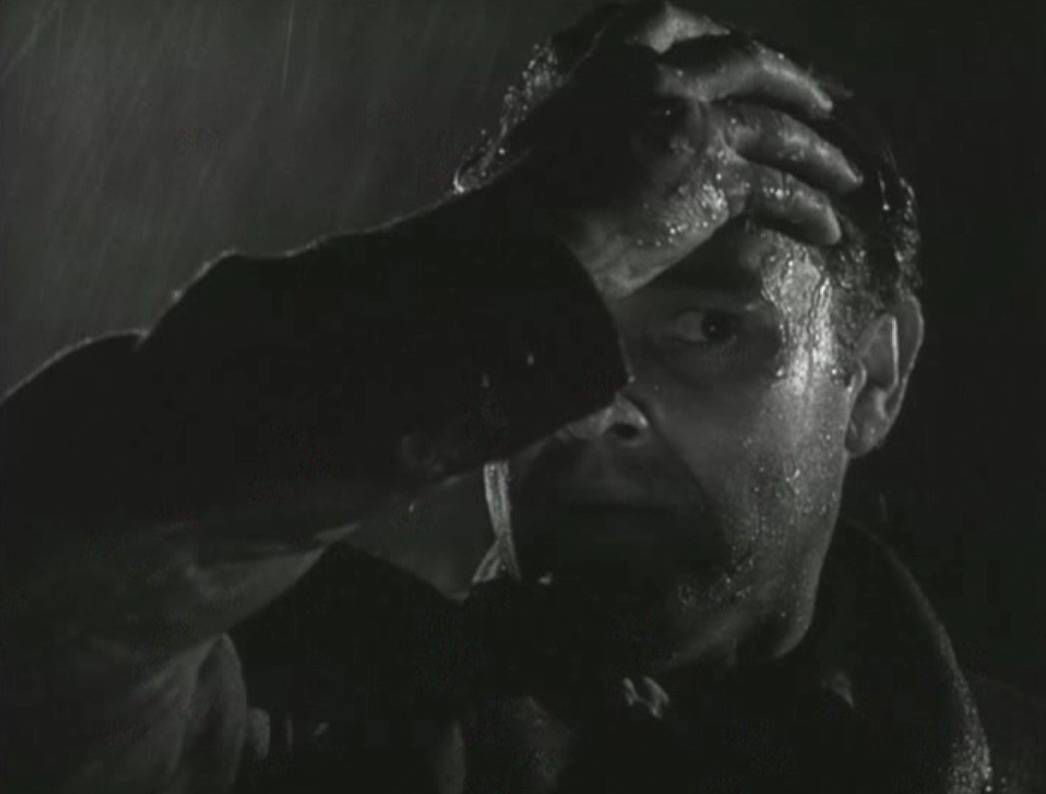
The film noir genre emerged in the early 1940s.
Which Era of Film and TV Has the Best Video Effects?
The answer to this question is highly subjective, but it's safe to say that the video effects used today are much more advanced than in earlier eras.
Today, filmmakers have access to a wide range of filters and techniques that can be used to create stunning visuals. CGI has completely revolutionized the film industry.
My favorite era for video filters and special effects is the 1980s.
What is Google Drive?
Google Drive is a cloud storage service that allows users to store their data and access it from any device with an internet connection. It's ideal for video editing, as you can use Google Drive to store large video files, collaborate with your team, and even edit videos on the go.
With Google Drive, you can easily share videos with friends or co-workers, back up your files for safekeeping, and store your videos in the cloud.
You can also use Google Drive to access a range of video editing tools such as Google Photos, YouTube Studio, and Adobe Photoshop Express. These tools are perfect for basic video editing tasks like trimming clips, adding music or voiceovers, and creating titles.
Google Drive makes it easy to manage all your files in one place. If you're looking for a great option for safe and secure storage, then Google Drive is worth checking out.
Best Vintage MP4 Video Filters Plugins & Packs (For Any Online Video Editor)
- FilmConvert Nitrate
- Red Giant Universe
- Boris FX Sapphire
- Neat Video Reduce Noise Plugin
- Tropic Colour Vintage Pack
- NewBlueFX Filters 5 Recreate
- mFilmLook Plugin
- CinePacks Film Matte FX Pack
Conclusion
Video editing is a creative and ever-evolving art form. By understanding the history of video filters, you can add a touch of vintage charm using these preset video filters.
